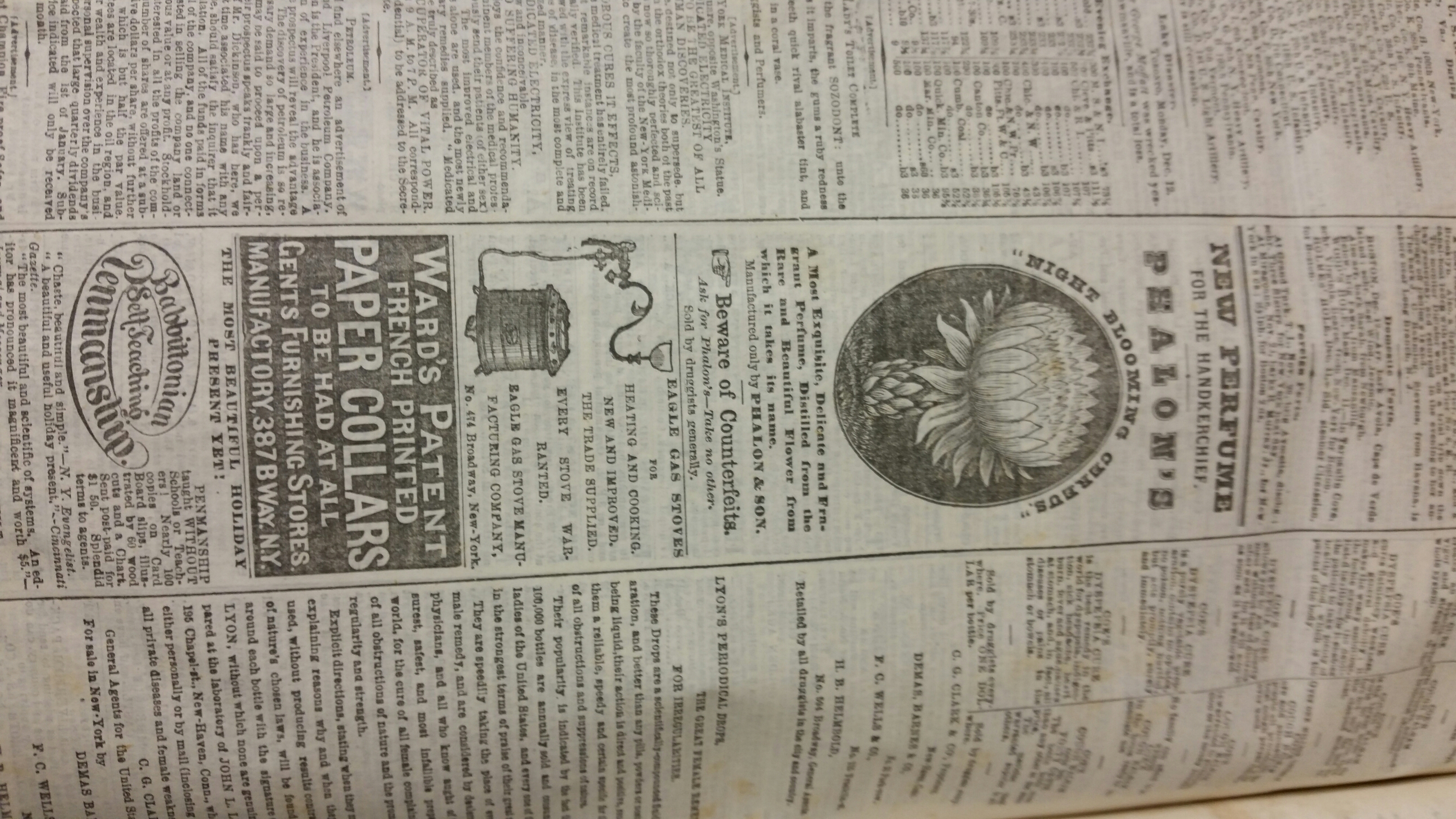by | | Uncategorized
Book collecting is the collecting of books including seeking, locating, acquiring, organizing,cataloging, displaying, storing and maintaining whatever books are of interest to a given individual collector. The love of books is Bibliophilia, and someone who loves to read ,admire, and collect books is a Bibliophile.
We have tons of Antique and old and Vintage books. Stop in and see us !


Civil War Era books









by | | Glassware -FireKing - Pyrex - Hazel Atlas - Anchor Hocking - Carnival
The word PYREX is probably a purely arbitrary word which was devised in 1915 as a trade-mark for products manufactured and sold by Corning Glass Works. While some people have thought that it was made up from the Greek pyr and the Latin rex we have always taken the position that no graduate of Harvard would be guilty of such a classical hybrid. Actually, we had a number of prior trade-marks ending in the letters ex. One of the first commercial products to be sold under the new mark was a pie plate and in the interests of euphonism the letter r was inserted between pie and ex and the whole thing condensed to PYREX.
Pyrex (trademarked as PYREX) is a brand introduced by Corning Inc. in 1908 for a line of clear, low-thermal-expansion plastic borosilicate glass used for laboratory glassware and kitchenware. Pyrex sold in the United States is made of tempered soda-lime glass; outside of North America the costlier borosilicate is still used.
In 1908, Eugene Sullivan, director of research at Corning Glass Works, developed Nonex, a borosilicate low-expansion glass, to reduce breakage in shock-resistant lantern globes and battery jars. Sullivan had learned about Schott’s borosilicate glass as a doctoral student in Leipzig, Germany. Jesse Littleton of Corning discovered the cooking potential of borosilicate glass by giving his wife a casserole dish made from a cut-down Nonex battery jar. Corning removed the lead from Nonex and developed it as a consumer product.[1] Pyrex made its public debut in 1915 during World War I, positioned as an American-produced alternative to Duran.







by | | Glassware -FireKing - Pyrex - Hazel Atlas - Anchor Hocking - Carnival
Carnival glass is moulded or pressed glass, always with a pattern and always with a shiny, metallic, ‘iridescent‘ surface shimmer.
The keys to its appeal were that it looked superficially like the very much finer and very much more expensive blown iridescent glass by Tiffany, Loetz and others and also that the cheerful bright finish caught the light even in dark corners of the home.
Both functional and ornamental objects were produced in the carnival finish and patterns ranged from simple through geometric and ‘cut’ styles to pictorial and figurative. A wide range of colours and colour combinations were used but the most common colours accounted for a large proportion of output, so scarce colours can today command very high prices on the collector market.
Carnival glass has been known by many other names in the past: aurora glass, dope glass, rainbow glass, taffeta glass, and disparagingly as ‘poor man’s Tiffany’. Its current name was adopted by collectors in the 1950s from the fact that it was sometimes given as prizes at carnivals, fetes & fairgrounds. However, that can be misleading as people tend to think that all of it was distributed in this way but evidence suggests that the vast majority of it was purchased [1] by the housewife to brighten up the home at a time when only the well off could afford bright electric lighting.
Some carnival glass is still produced today although in very small quantities. At the height of its popularity in the 1920s huge volumes were produced and prices were low enough for the ordinary home to afford.
Starting at the beginning of the 20th Century Carnival Glass was eventually produced on every continent except Africa and Antarctica but largely and initially in the U.S.. All the major European glass making centres except Italy produced some and it was very popular in Australia.
Carnival glass gets its iridescent sheen from the application of metallic salts while the glass is still hot from the pressing. A final firing of the glass brings out the iridescent properties of the salts, giving carnival glass the distinct shine it is known for.




by | | Black Americana / Memorabilia
Black memorabilia, sometimes called Black Americana, describes objects and ephemera relating to African American and Afro-European history. Most of this material was produced from the 18th through the 20th centuries. Frequently, these household items reflect racist ideas about black people through offensive and dehumanizing caricatures. However, black memorabilia also encompasses objects with positive connotations, commemorating civil rights advances or achievements by scholars, artists, musicians, athletes, politicians, and other members of the black community.
Some of the earliest items associated with black memorabilia were actually produced in Europe. These ornamental portrayals of Africans, referred to as blackamoors or blackamores, appeared on enameled jewelry, pottery, sculptures, and other decorative arts beginning as early as the 13th century, when black servants came to represent the pinnacle of wealth.


 Vendor # 216 has a amazing collection of all differant mediums of Black Americana. From postcards, salt and pepper sets, hand fans, dishes, figurines, toys and too much to list it all.
Vendor # 216 has a amazing collection of all differant mediums of Black Americana. From postcards, salt and pepper sets, hand fans, dishes, figurines, toys and too much to list it all.





































